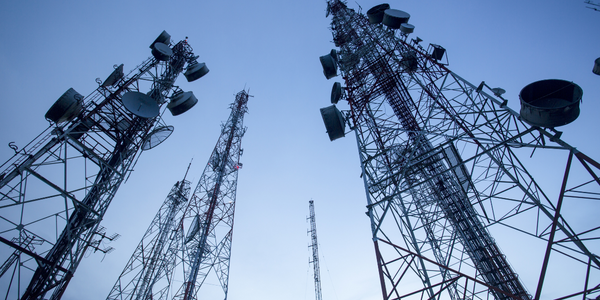By tailoring the features of Google Analytics, LunaMetrics helps PBS increase both conversions and visits by 30%

Customer Company Size
Large Corporate
Region
- America
Country
- United States
Product
- Google Analytics
Tech Stack
- Google Analytics
Implementation Scale
- Enterprise-wide Deployment
Impact Metrics
- Customer Satisfaction
- Productivity Improvements
Technology Category
- Analytics & Modeling - Real Time Analytics
Applicable Industries
- Telecommunications
Applicable Functions
- Sales & Marketing
- Business Operation
Use Cases
- Real-Time Location System (RTLS)
- Predictive Quality Analytics
Services
- Data Science Services
- Training
About The Customer
PBS is a private, nonprofit corporation, founded in 1969, whose members are noncommercial, educational licensees that operate 353 PBS member stations. The Public Broadcasting System's interactive arm helps individual PBS producers and local PBS stations create and promote each section within PBS.org for programs such as NOVA, American Masters, and Sid the Science Kid. Led by Web Analytics Director Amy Sample, the team at PBS needed a cohesive system across the entire enterprise, and for this they turned to Google Analytics.
The Challenge
PBS, a private, nonprofit corporation, was facing a challenge in monitoring the web performance of all its properties. They had a selection of web analytics tools installed, but these proved difficult to maintain and use. PBS wanted to develop a coordinated approach to analysis and reporting that would inform their future strategic decisions. They needed a cohesive system across the entire enterprise, and for this they turned to Google Analytics. In addition to top-level analysis of PBS.org and PBSKids.org, they also hoped to implement a solution that would allow producers of individual programs to see only the data on those pages and microsites that related to their own shows. This challenge proved more difficult than the standard implementation of Google Analytics, since giving a producer access to one show would not only allow them to see all other shows, but would also force them to dig through massive amounts of data in order to find their own.
The Solution
To meet these requirements, Luna Metrics devised a custom technical solution for PBS that expanded their existing standard implementation. LunaMetrics included two Google Analytics account codes on each page. The primary account code let Amy and her team see all data for the entire enterprise in one place. This would allow her team to make decisions that would improve the website as a whole. The second account code was specially designed so that each producer could only see the data relating to his or her program, but not for other programs. This setup would effectively allow for the account governance that PBS needed to impose, and make it much easier for producers to evaluate their web performance. LunaMetrics rounded out the project by providing training on the use of Google Analytics. The PBS interactive team now have the metrics and know-how to refine their online efforts, while PBS producers can easily keep tabs on the performance of their shows online, and make dynamic adjustments for improvement within their own online offerings.
Operational Impact
Quantitative Benefit

Case Study missing?
Start adding your own!
Register with your work email and create a new case study profile for your business.












